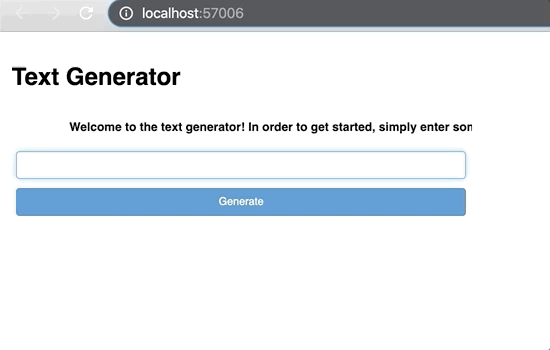Text & Speech based AI Applications
Artificial Intelligence (AI) has revolutionized the way humans interact with machines. One of the key areas where AI has made significant progress is natural language processing (NLP), which refers to the ability of machines to interpret, analyze, and generate human language. NLP has paved the way for a variety of text and speech-based AI applications that have the potential to transform various industries.
Classification
Text & Speech Classification is the process of categorizing text or speech into pre-defined classes or categories based on certain characteristics. This is a fundamental task in natural language processing (NLP) and is used in many applications such as sentiment analysis, topic modeling, and spam detection. It is widely used in social media analysis, customer feedback analysis, and market research. Text classification algorithms can be trained on labeled data and can make predictions on unseen data with high accuracy.
Generation
Text & Speech Generation is the process of creating new text or speech content based on pre-existing data. It is a subset of natural language generation (NLG) that uses machine learning models to generate text or spoken words automatically. This is achieved using deep learning algorithms that can generate natural-sounding language or speech that closely mimics human speech patterns. Applications of text and speech generation include chatbots, virtual assistants, and text-to-speech systems. These models can be trained on large amounts of data and can generate high-quality text that is similar to human-written text.
Token Classification
Token Classification is the process of assigning a label or category to each individual word or token in a given text. This is commonly used in applications such as part-of-speech tagging, named entity recognition, and intent classification.
Translation
Text translation involves using machine learning algorithms to automatically translate text from one language to another. This application is widely used in language translation services, chatbots, and voice assistants. This is achieved using machine translation algorithms that can convert text into another language while preserving the meaning and context. Text translation models can be trained on large amounts of bilingual data and can generate high-quality translations with high accuracy.
Summarization
Text summarization involves using machine learning algorithms to automatically generate a summary of a long text. This application is useful for news articles, reports, and meeting minutes. Text summarization models can be trained on large amounts of data and can generate accurate summaries that capture the most important information in the original text. This is achieved using natural language processing techniques that can extract the most important information from a given text and present it in a concise and easy-to-understand manner.
Question Answering
Question Answering is the process of answering questions posed in natural language. This is achieved using machine learning algorithms that can understand the context and meaning of a question and provide an accurate response. Applications of question answering include virtual assistants and chatbots. Question answering models can be trained on large amounts of data and can generate accurate answers to a wide range of questions.
Automatic Speech Recognition (ASR)
Automatic Speech Recognition (ASR) is the process of converting spoken language into written text. This is achieved using machine learning algorithms that can recognize and transcribe spoken words into text. ASR application is useful for speech-to-text conversion, voice search, and captioning. ASR models can be trained on large amounts of labeled speech data and can transcribe speech with high accuracy.
Text to Speech
Text to Speech is the process of converting written text into spoken language. This is achieved using natural language processing techniques that can generate realistic-sounding speech from written text. Applications of text to speech include virtual assistants and audiobooks. Text to speech models can be trained on large amounts of data and can generate high-quality speech that sounds like human speech.
Sentence Similarity
Sentence similarity involves using machine learning algorithms to measure the similarity between two or more sentences. This is achieved using machine learning algorithms that can analyze the structure and meaning of a sentence to determine its similarity to other sentences. This application is useful for information retrieval, plagiarism detection, and content recommendation. Sentence similarity models can be trained on large amounts of labeled data and can accurately measure the semantic similarity between sentences.









